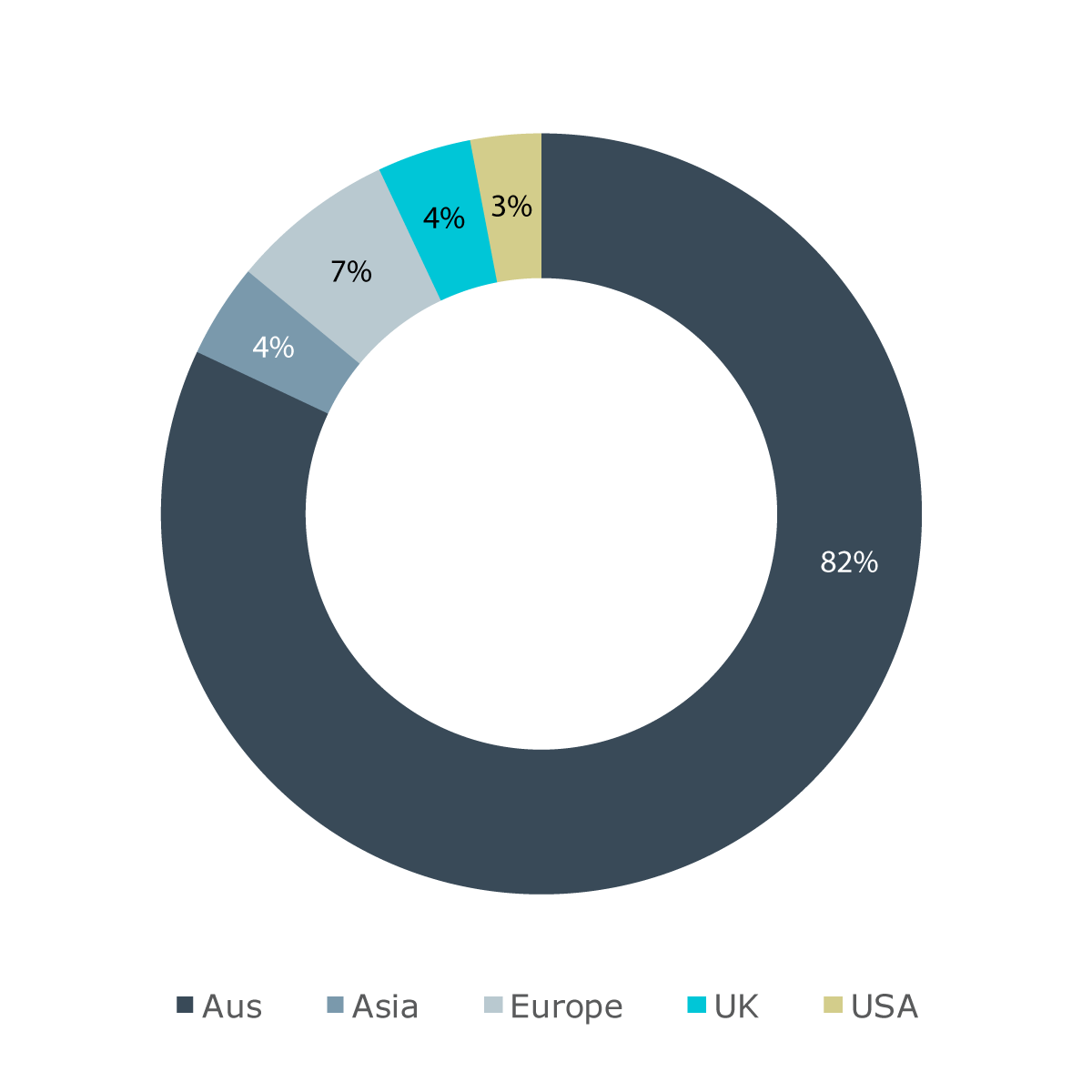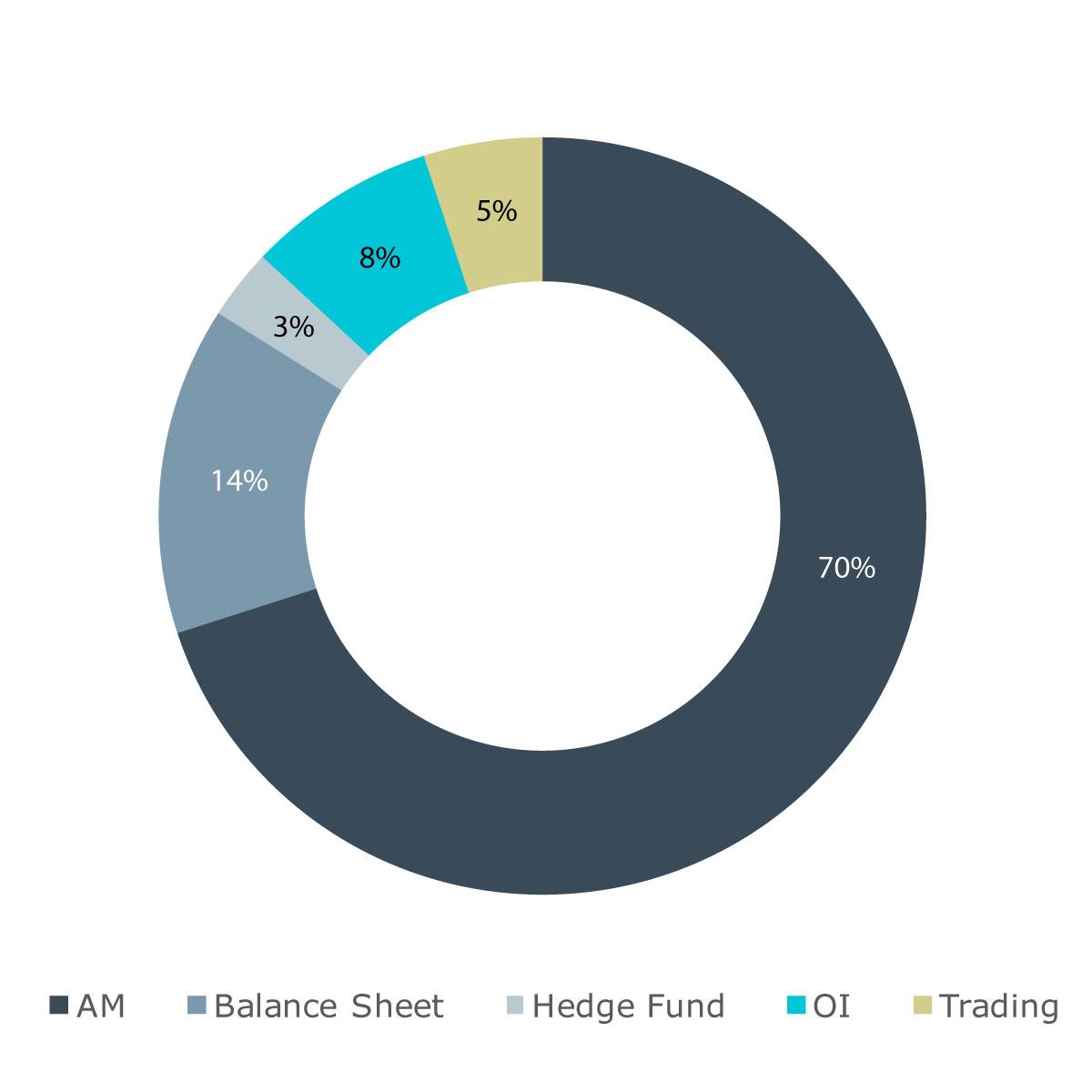-
Sharon Klyne, Associate Director, Institutional Communications | November 2018
________
The issuance of Australia’s largest Australian dollar-denominated green bond earlier this month has given the green bond market in Australia a boost, paving the way for other potential issuers to tap the market.
The issuance of Australia’s largest Australian dollar-denominated green bond earlier this month has given the green bond market in Australia a boost, paving the way for other potential issuers to tap the market.
New South Wales Treasury Corporation (TCorp), the funding vehicle for the NSW government, successfully raised an A$1.8 billion 10-year bond earlier this month, the first under its new Sustainability Bond Programme.
A green, social or sustainable bond can be issued under the programme, which is aligned to the UN Sustainable Development Goals. The bond was jointly led by ANZ and two other banks.
The bond is part of TCorp’s drive to diversify its source of funding. “What was really driving the establishment of the programme was that we were seeking to diversify our investor base,” said Fiona Trigona, Head of Funding and Balance Sheet at TCorp.
“The Sustainability Bond Programme has helped to diversify our funding and to help future proof our funding programme,” she said.
Launched initially at A$500 million, the bond was well oversubscribed with an order book of more than A$2.5 billion from 57 investors, of which 15 were new. “The fact that we were able to tap into new ESG (environment, social and governance) investors was a really great outcome in terms of investor diversification,” said Katherine Palmer, TCorp’s Senior Manager, Funding and Balance Sheet.
Some 82% of total proceeds were distributed in Australia and 70% of the investor base were asset managers, according to the distribution statistics. Rated AAA/Aaa (S&P/Moody’s), the bond was priced at 43 basis points over the 10-year Commonwealth Treasury Bond Future Contract.
Figure 1:
Distribution StatiticsRegion

TYPE

Source: ANZ
EASING LIQUIDITY CONCERNS
The significant size of bond has helped ease concerns around liquidity of the green bond market. “ESG bonds in the past have always been smaller in size and as such suffered from a perception of illiquidity,” said Harald Eikeland, Director – Debt Syndicate, Global Markets at ANZ.
“This has been a concern raised by investors. TCorp’s size of pool allowed them to issue A$1.8 billion and alleviated any concerns around liquidity,” he said.
The success of the TCorp bond has not gone unnoticed, with interest from a number of issuers in the high investment grade sector, other state governments as well as some offshore borrowers according to Eikeland.
Figure 2:
Global Green Bond Issuances{CF_IMAGE}
Source: Climate Bonds Initiative, Bloomberg
Proceeds from the bond will be used to support the state’s A$87.2 billion investment in infrastructure over the next four years including the Newcastle Light Rail, Sydney Metro Northwest project and the Lower South Creek Treatment Programme. The projects have been certified by the Climate Bonds Initiative having met the criteria for low carbon transport and waste water treatment.
TCorp’s Sustainability Bond Programme has been set up in a way that allows the Corporation to be a regular issuer. Therefore the market can expect more such bonds in the future, though it will not take the place of its benchmark bond programme.
“We have another tool for us to utilise and we certainly will be looking at tapping or issuing a brand new bond in the future,” said TCorp’s Trigona.
For more information, see The US$11trn green finance opportunity.
For a full set of relevant disclosures, please visit the link below.
-
This publication is published by Australia and New Zealand Banking Group Limited ABN 11 005 357 522 (“ANZBGL”) in Australia. This publication is intended as thought-leadership material. It is not published with the intention of providing any direct or indirect recommendations relating to any financial product, asset class or trading strategy. The information in this publication is not intended to influence any person to make a decision in relation to a financial product or class of financial products. It is general in nature and does not take account of the circumstances of any individual or class of individuals. Nothing in this publication constitutes a recommendation, solicitation or offer by ANZBGL or its branches or subsidiaries (collectively “ANZ”) to you to acquire a product or service, or an offer by ANZ to provide you with other products or services. All information contained in this publication is based on information available at the time of publication. While this publication has been prepared in good faith, no representation, warranty, assurance or undertaking is or will be made, and no responsibility or liability is or will be accepted by ANZ in relation to the accuracy or completeness of this publication or the use of information contained in this publication. ANZ does not provide any financial, investment, legal or taxation advice in connection with this publication.